Where the Light Fell: Understanding Workplace Harassment and Discrimination
Workplace harassment and discrimination are persistent problems that can significantly impact individuals and organizations. Understanding and addressing these issues is crucial for fostering safe and inclusive work environments.
Types of Harassment and Discrimination
Harassment can take various forms:
- Verbal harassment: Offensive language, slurs, or other forms of verbal abuse
- Physical harassment: Unwelcome physical contact, such as touching or grabbing
- Sexual harassment: Unwanted sexual advances, propositions, or comments
- Cyberbullying: Harassment through electronic means, such as social media or email
Discrimination occurs when individuals are treated differently based on protected characteristics, such as:
- Age
- Race or ethnicity
- Gender or sexual orientation
- Religion
- Disability
Discrimination can manifest in various ways, including:
- Hiring and firing decisions
- Promotion and pay equity
- Access to training and development opportunities
- Favoritism or exclusion
Consequences of Harassment and Discrimination
Harassment and discrimination have severe consequences for individuals:
- Emotional distress and mental health issues
- Reduced productivity and job satisfaction
- Physical harm in cases of physical harassment
- Financial losses due to lost wages or job opportunities
Organizations also face significant repercussions:
- Decreased employee morale and productivity
- Legal liability and potential lawsuits
- Damage to reputation and public image
Preventing and Addressing Harassment and Discrimination
Preventing and addressing harassment and discrimination require a multifaceted approach:
- Establishing clear policies and procedures: Outlining prohibited behaviors and consequences
- Training and awareness programs: Educating employees on acceptable conduct and reporting mechanisms
- Culture of respect and inclusivity: Promoting diversity and fostering a sense of belonging
- Prompt investigation and response: Investigating reports and taking appropriate disciplinary action
- Fair and transparent grievance process: Providing a mechanism for employees to report concerns
- Open communication and reporting: Encouraging employees to speak up and report incidents
Legal Protections
Various laws protect individuals from harassment and discrimination in the workplace:
- Title VII of the Civil Rights Act of 1964: Prohibits discrimination based on race, color, religion, sex, or national origin.
- Equal Employment Opportunity Act (EEOC): Enforces Title VII and prohibits discrimination based on additional protected characteristics.
- Age Discrimination in Employment Act (ADEA): Prohibits discrimination based on age for individuals over 40.
- Americans with Disabilities Act (ADA): Protects individuals with disabilities from discrimination in employment, public accommodations, and transportation.
These laws provide remedies for individuals who have experienced harassment or discrimination, such as reinstatement, back pay, and damages. By understanding and addressing workplace harassment and discrimination, organizations can create safe, inclusive, and productive work environments that benefit both employees and the organization as a whole.
What are the types of harassment in the workplace?
Verbal harassment, physical harassment, sexual harassment, and cyberbullying.
What are the types of discrimination in the workplace?
Age, race or ethnicity, gender or sexual orientation, religion, and disability.
What are the consequences of harassment and discrimination?
For individuals: Emotional distress, reduced productivity, physical harm, financial losses. For organizations: Decreased employee morale, legal liability, damage to reputation.

